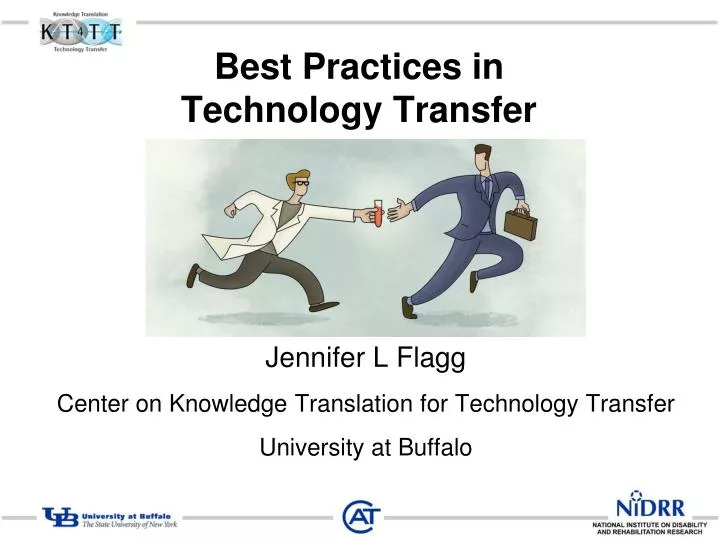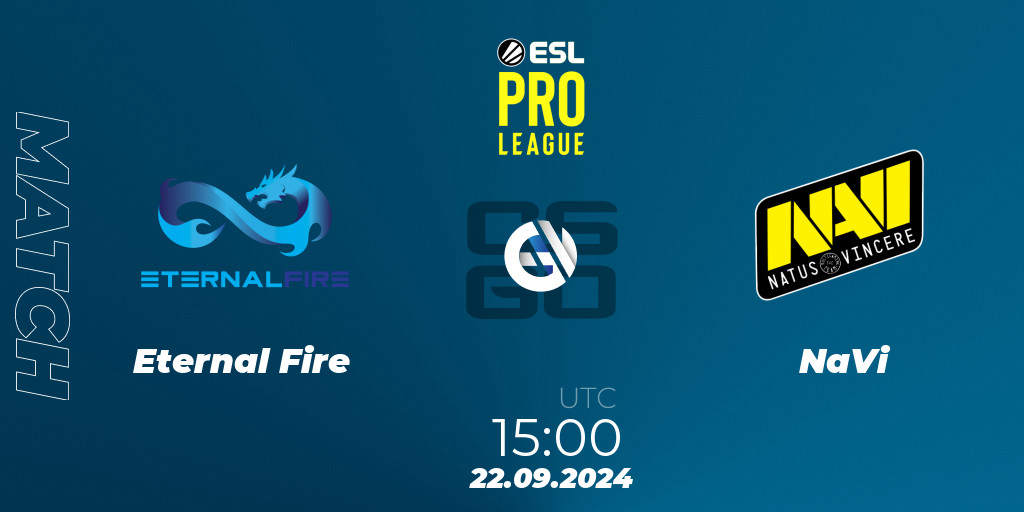Data Transfer: Best Practices For A Seamless Transition

Table of Contents
Planning Your Data Transfer Strategy
A well-defined strategy is the cornerstone of a successful data transfer. Failing to plan effectively can lead to delays, cost overruns, and potentially disastrous data loss. Your data transfer strategy should encompass thorough assessment, the selection of appropriate methods, and the establishment of realistic timelines and budgets.
Assessment and Inventory
Before initiating any data transfer, a comprehensive assessment is paramount. This involves identifying all data sources, assessing the total data volume, categorizing data types, and pinpointing critical data sets. This process allows for accurate planning and resource allocation.
- Identify data sources: Where is your data located? This includes servers, databases, cloud storage, and local drives.
- Assess data volume: How much data needs to be transferred? This impacts the time required and the resources needed.
- Determine data types: Understanding the types of data (documents, images, databases, etc.) helps in selecting the most appropriate transfer method.
- Identify critical data: Prioritize essential data to ensure its timely and secure transfer. This allows for focused attention during the process.
Data mapping and categorization are essential to streamline the transfer process. Tools like data discovery and classification software can automate much of this assessment, significantly reducing manual effort and improving accuracy.
Choosing the Right Method
The method you choose for your data transfer significantly influences speed, security, cost, and scalability. Several options exist, each with its own advantages and disadvantages.
- Cloud-based solutions: Services like AWS S3, Azure Blob Storage, and Google Cloud Storage offer scalable and cost-effective solutions for large data transfers.
- On-premise solutions: This involves using dedicated hardware and software within your own data center. Suitable for organizations with high security requirements or sensitive data.
- Hybrid approach: Combining cloud and on-premise solutions can offer a balance of flexibility, security, and cost-effectiveness.
Other methods include FTP, SFTP, and dedicated network transfer solutions. Carefully compare these options based on your specific needs and resources. For instance, FTP is relatively simple but lacks robust security features compared to SFTP. Dedicated solutions are expensive but offer unparalleled speed and control.
Setting Realistic Timelines and Budgets
Establishing realistic timelines and budgets is crucial to avoid delays and cost overruns. Factor in data volume, the chosen transfer method, potential downtime for system maintenance, and thorough testing time.
- Data volume: Larger datasets naturally require more time.
- Chosen method: Different methods have varying speeds and complexities.
- Potential downtime: Schedule downtime strategically to minimize disruption.
- Testing time: Allocate sufficient time for testing the transfer process to identify and resolve potential issues.
Develop a comprehensive contingency plan to address unexpected issues. This should include backup strategies and alternative transfer methods. Risk mitigation strategies should be integrated into the plan to address potential problems proactively.
Ensuring Data Security During Transfer
Data security is paramount during any data transfer. Implementing robust security measures protects sensitive information and ensures compliance with regulations like GDPR and HIPAA.
Data Encryption
Encrypting data both in transit and at rest is crucial to protect it from unauthorized access. Strong encryption methods like AES (Advanced Encryption Standard) and RSA (Rivest-Shamir-Adleman) should be used.
- AES: A widely used symmetric encryption algorithm providing strong data protection.
- RSA: An asymmetric encryption algorithm commonly used for key exchange and digital signatures.
- Strong passwords and key management: Implement strong passwords and robust key management practices to prevent unauthorized decryption.
Compliance with relevant data protection regulations is mandatory and should be a core consideration during the planning phase.
Access Control and Authentication
Restricting access to only authorized personnel is vital. Robust access control mechanisms, such as role-based access control (RBAC) and multi-factor authentication (MFA), prevent unauthorized access to sensitive data.
- RBAC: Grants access based on roles and responsibilities, limiting access to only necessary data.
- MFA: Requires multiple forms of authentication, adding an extra layer of security.
Secure user credentials and regular password changes are essential parts of a strong security strategy.
Data Validation and Verification
After the transfer, verify data integrity to ensure no data loss or corruption occurred. Checksums and hashing algorithms (MD5, SHA) can help detect any discrepancies.
- Checksums: A numerical representation of the data used to detect changes.
- Hashing algorithms (MD5, SHA): Create unique fingerprints of data to verify integrity.
Data comparison techniques should be used to detect and address any data discrepancies.
Post-Transfer Optimization and Maintenance
Post-transfer activities are equally crucial for a successful data transfer. This phase ensures data is correctly integrated, systems are monitored, and backups are maintained.
Data Integration and Validation
After the transfer, integrate the data with existing systems. This often requires data cleansing, transformation, and quality checks to ensure data consistency and accuracy.
- Data cleansing: Removing inaccurate, incomplete, or duplicate data.
- Data transformation: Converting data into a usable format.
- Data quality checks: Verifying data accuracy and consistency.
Monitoring and Alerting
Implement monitoring systems to detect and address any potential issues. Real-time monitoring and automated alerts facilitate proactive maintenance and quick responses.
- Real-time monitoring: Continuous monitoring of system performance and data integrity.
- Automated alerts: Notifications of potential issues, allowing for timely intervention.
Archiving and Backup
Regularly archive data not actively used and maintain robust backup systems. Different backup strategies exist, including full, incremental, and differential backups.
- Full backups: Copies all data.
- Incremental backups: Copies only changes since the last backup.
- Differential backups: Copies all changes since the last full backup.
Achieving Seamless Data Transfer Success
Successful data transfer relies heavily on meticulous planning, robust security measures, and thorough post-transfer optimization. By following these best practices, you can minimize risk, ensure data integrity, and maintain business continuity. A well-executed data transfer process is crucial for safeguarding your valuable information and ensuring the smooth operation of your organization. Optimize your data transfer strategy today, ensure seamless data transfer, and master data transfer for a future-proof IT infrastructure.

Featured Posts
-
 Billionaires Favorite Etf Predicted 110 Surge In 2025
May 08, 2025
Billionaires Favorite Etf Predicted 110 Surge In 2025
May 08, 2025 -
 Psg Fitore E Ngushte Pas 45 Minutave Te Para
May 08, 2025
Psg Fitore E Ngushte Pas 45 Minutave Te Para
May 08, 2025 -
 Ps Zh Proti Aston Villi Statistika Ta Rezultati Yevrokubkovikh Zustrichey
May 08, 2025
Ps Zh Proti Aston Villi Statistika Ta Rezultati Yevrokubkovikh Zustrichey
May 08, 2025 -
 Ethereum Price Rebound Weekly Chart Indicator Flashes Buy Signal
May 08, 2025
Ethereum Price Rebound Weekly Chart Indicator Flashes Buy Signal
May 08, 2025 -
 Shokantna Pobeda Na Vesprem Nad Ps Zh Vo L Sh
May 08, 2025
Shokantna Pobeda Na Vesprem Nad Ps Zh Vo L Sh
May 08, 2025
